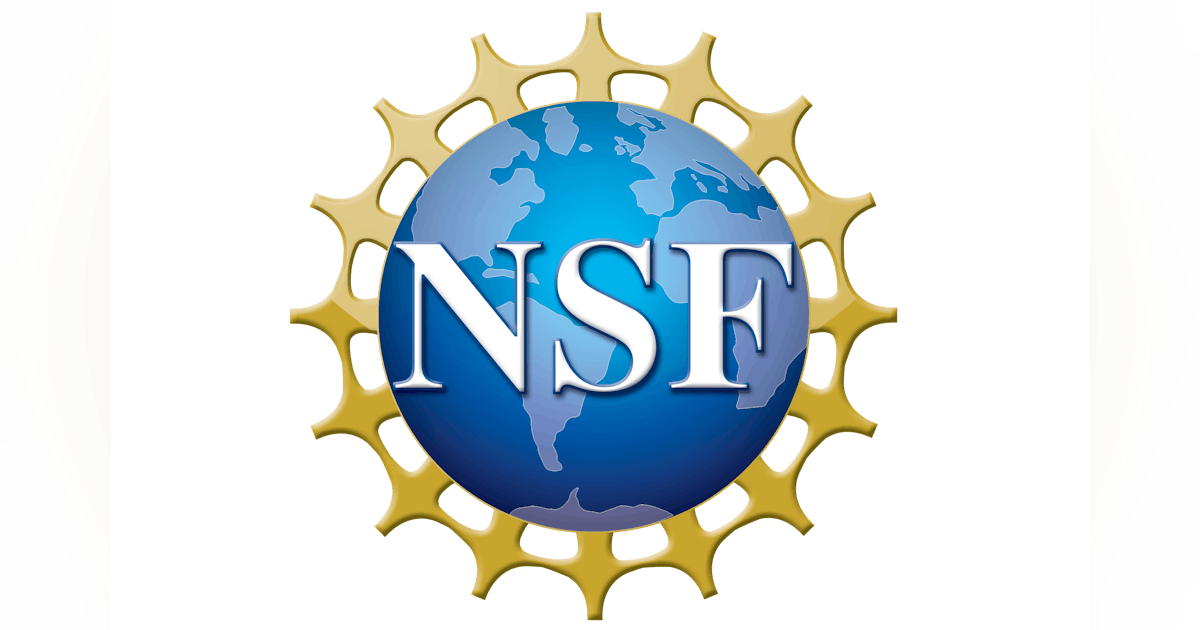The goal of this timely move by NSF is to create an open-access national facility for academic, government, and industrial users to enable quantum device fabrication, characterization, and packaging essential to advancing applications ranging from quantum computers and networks to sensing to communications.
Why is this a big deal? A huge knowledge gap currently exists about how to manufacture the quantum devices of the future that involve fundamentally small quantum particles such as photons and atoms, but new fabrication techniques at the nanoscale are essential.
The National Quantum Nanofab (NQN), led by Scott Diddams, a professor in CU’s Department of Electrical, Computer and Energy Engineering, is intended to be a maker space where you can get access to cutting-edge instruments and collaborate on the design, fabrication, process development, and integration challenges encountered with quantum devices crafted from neutral atoms and ions that are interfaced and addressed with optical photons, in environments that may involve high vacuum and cryogenic temperatures.
Atomic-photonic quantum devices are crucial for enabling technologies such as quantum computing and networks, atomic clocks, electric and magnetic field sensors, and inertial sensors.
What types of nanofabrication needs will the NQN address? Among them: nonlinear optics, chip-integrated narrow linewidth lasers, integrated modulators and frequency shifters, visible wavelength integrated photonics, metasurfaces and grating structures, and integrated photon detectors. And materials beyond silicon will need to be explored for quantum nanofabrication.
Timeframe to build the NQN? About five years. And it’s important to point out that it will also serve as an educational hub to train a diverse quantum workforce.





